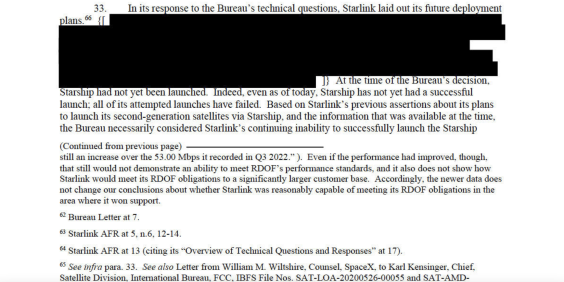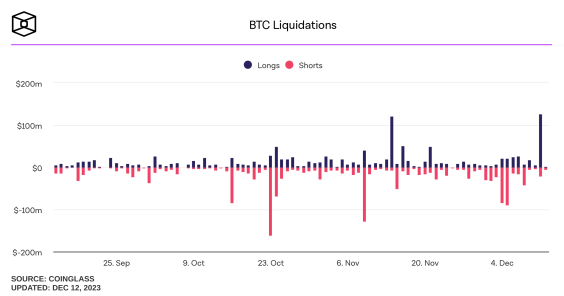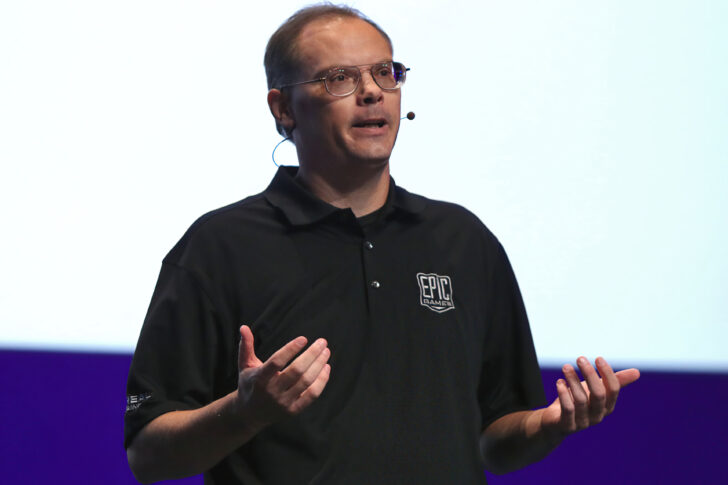This is not investment advice. The author has no position in any of the stocks mentioned. Wccftech.com has a disclosure and ethics policy.
Space Exploration Technologies Corporation's (SpaceX) Starlink subsidiary's fight to retain access to the 12GHz frequency spectrum and limit multichannel video and data distribution service (MVDDS) providers from using the 12GHz frequencies took an interesting turn last week. Starlink, represented by SpaceX's director of satellite policy, Mr. David Goldman, has rejected Michael Dell backed RS Access's claim that the Federal Communications Commission (FCC)'s comment solicitation criteria are sufficient to make new 12GHz rules, as it argues that the MVDDS companies should be removed from the band. To bolster its arguments, Starlink outlines that a technical study submitted by RS Access is 'deeply flawed' and therefore fails to demonstrate why the MVDDS companies should be able to operate in the 12GHz band.
DISH and RS Access Have Failed To Demonstrate How Spectrum Sharing Is Possible With Satellite Operators Outlines Starlink
Mr. Goldman's comments build upon the hard-hitting approach in an older FCC submission made in late September, where he demanded that the Commission remove the MVDDS companies' access to the 12GHz band. Starlink's user dishes use this band to receive data from the orbiting satellites, and in previous filings, the internet provider has highlighted how it is one of the few bands that is suitable for this purpose.
Starlink's latest submission, made over the weekend, refutes RS Access's claim that the current FCC 12GHz Notice of Proposed Rulemaking (NPRM) is in line with the Administrative Procedures Act (APA) since the NPRM can not highlight how sharing between satellite and 5G operators is possible. It argues that DISH Network's (another MVDDS license holder) initial arguments explicitly stated so and that recent attempts by DISH and RS Access provide little knowledge into how this has changed.

A summary of technological changes in satellite systems which now make spectrum sharing feasible according to RS Access. Image: Comments of RS Access 5.7.21 Filed in FCC Docket 20-441
It then turns its guns on the sole technical study submitted by RS Access to demonstrate that spectrum sharing is possible due to technological advances. According to Starlink, in order "[t]o reach the submission’s unrealistically favorable conclusions, RS Access was forced to assume certain operational parameters and deployment scenarios. But even then, it did not propose any actual rules that would require mobile operators to comply with those expectations."
Mr. Goldman then extends this line of argument by stating that the FCC has not outlined in the NPRM what it deems to be unacceptable levels of interference to the satellite internet users in the United States. Criticizing DISH for considering interference to "tens of thousands" of satellite users as "minuscule," he outlines that an absence of unacceptable interference criteria negates RS Access' claim that the NPRM follows the APA.
To further bolster his side, the executive uses RS Access' assertion that a separate FCC proceeding for the C-band (4GHz-8GHz) is evidence that the 12GHz NPRM follows the law to demonstrate that the record states otherwise. According to him:
Yet the notice in the C-band proceeding included eleven pages of proposed rules covering everything from power limits, emission limits, and power flux- density limits to licensing provisions. Even then, the Commission issued two further notices seeking “focused additional comment” on specific proposals in the record to ensure that it had robust input on salient issues from all interested parties. Far from supporting RS Access’s argument, the C-band proceeding provides a stark contrast highlighting the deficiencies of the current record.

Slide 4 from SpaceX's presentation given to the FCC at the end of July 2020 highlights the criticality of the 12GHz band for Starlink and discusses the drawbacks of using the adjacent spectrum. (Image: SpaceX Ex Parte July 31 2020, FCC Docket WM RM-11768)
In his September letter, Mr. Goldman used the argument that there is insufficient technical information on the record to urge the FCC to close the proceeding without risking harm to the internet companies. In it, he picked apart RS Access' technical study once again and outlined that it was deficient in seven areas.
These, according to him, are:
A lack of satellite services apart from Starlink and the effects of spectrum sharing on the satellite companies' operations.Incorrect deployment assumptions.Fewer satellite user terminals are included than would be present in reality.Higher elevation angles for user terminals than actually used.An incorrect interference metric.An assumption of coordination even though Starlink and RS Access are unable to do so.A limited demonstration of how satellite and MVDDS systems can co-exist.
Mr. Goldman also criticized research boutique MoffettNathanson, by stating that it "has no genuine insight into the operations of the SpaceX NGSO system."
After aggressively building a constellation with more than 1,600 satellites, Starlink is gearing up to launch even more in the coming months. At this front, it hopes to utilize SpaceX's Starship rocket, a fact that is another hotly debated point in a separate FCC proceeding.













